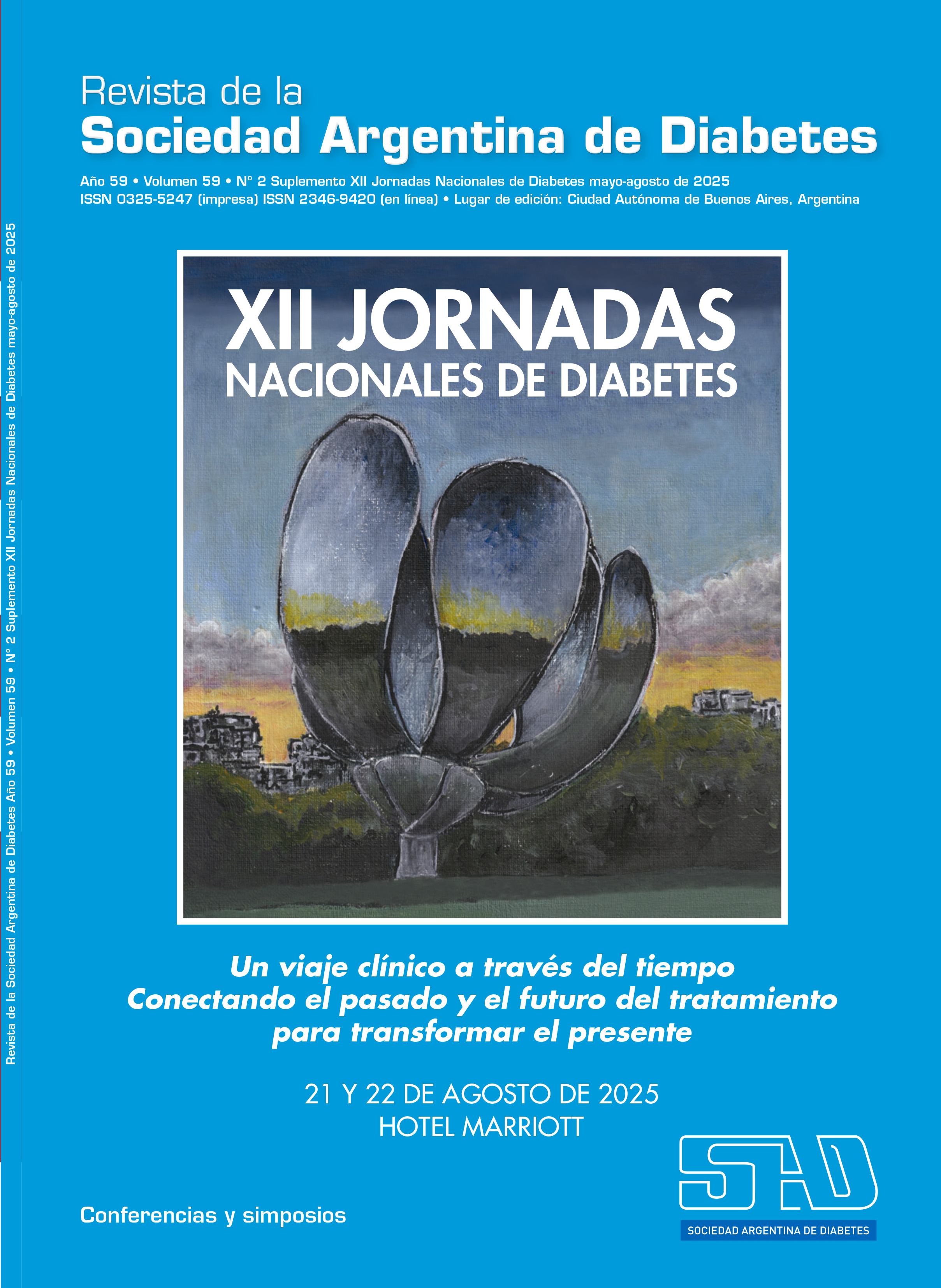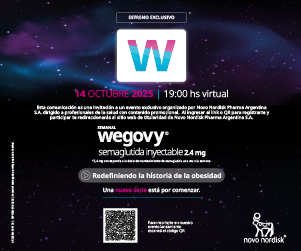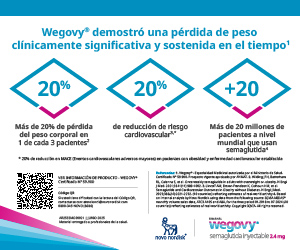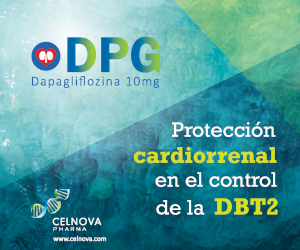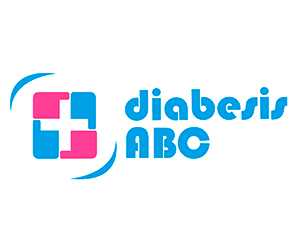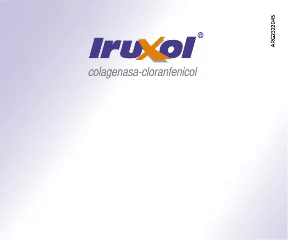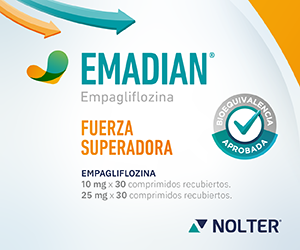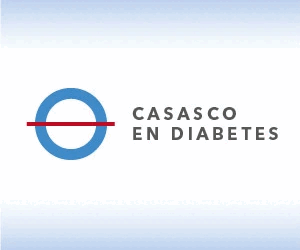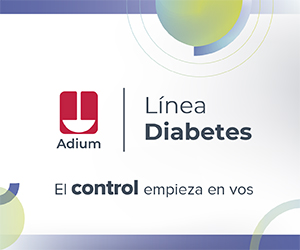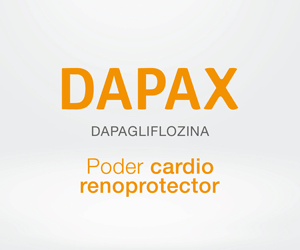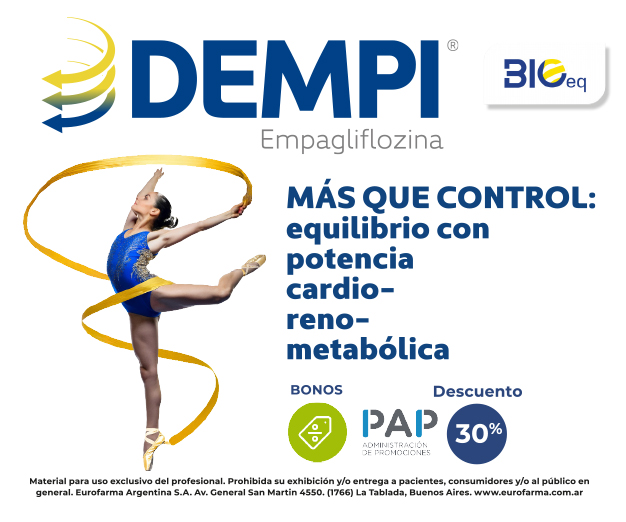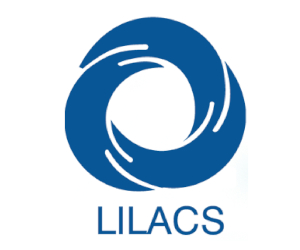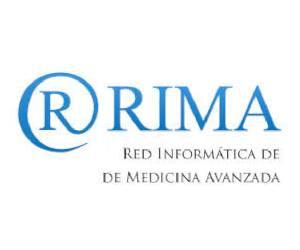Continuous glucose monitoring during hospitalization: yes or no?
DOI:
https://doi.org/10.47196/diab.v59i2Sup.1246Keywords:
continuous glucose monitoring, intermittent point-of-care, diabetesAbstract
The use of continuous glucose monitoring (CGM) in hospitalized patients is a topic of growing relevance, and current evidence leans favorably towards its adoption over intermittent point-of-care (POC) testing, albeit with important considerations.
The primary advantage of CGM is the significant improvement in glycemic control. A meta-analysis of randomized controlled trials demonstrated that CGM increases "time in range" (70–180 mg/dL) and, crucially, reduces time in hypoglycemia in non-critical patients. This latter point is fundamental to patient safety, as hypoglycemia is associated with increased morbidity and mortality. Beyond glycemic metrics, studies in high-risk populations, such as frail and critically ill patients with COVID-19, have associated CGM use with a drastic reduction in mortality and shorter stays in the Intensive Care Unit (ICU).
However, the technology is not without limitations. The main one is that it measures glucose in the interstitial fluid, which implies a physiological lag compared to blood glucose. Its accuracy, quantified by the Mean Absolute Relative Difference (MARD), can be variable and is compromised in critically ill patients with hemodynamic instability (e.g., hypotension, shock) or by interfering substances. Therefore, CGM does not completely replace POC measurements, which remain necessary to confirm values before making critical therapeutic decisions.
In conclusion, the answer is a conditional but resounding "yes." CGM is emerging as the new standard of care due to its demonstrated benefits in safety and efficacy. Its successful implementation depends on a hybrid approach (CGM + POC), with clear institutional protocols, integration into healthcare systems, and adequate staff training. For institutions willing to adopt this framework, CGM represents a fundamental tool for improving the quality of care for hospitalized patients with diabetes.
References
I. Chagas GCL, Teixeira L, Clemente M, Chagas RCL, Santinelli-Pestana DV, Rodrigues Silva Sombra L, Lima BB, Galindo R, Abreu M. Use of continuous glucose monitoring and point-of-care glucose testing in hospitalized patients with diabetes mellitus in non-intensive care unit settings: A systematic review and meta-analysis of randomized controlled trials. Diabetes Res Clin Pract. 2025 Feb;220:111986. doi: 10.1016/j.diabres.2024.111986.
II. Shang J, Yuan Z, Zhang Z, Zhou Q, Zou Y, Wang W. Effectiveness of continuous glucose monitoring on short-term, in hospital mortality among frail and critically Ill patients with COVID-19. Randomized controlled trial. J Med Internet Res 2025 Feb 7;27:e67012. doi: 10.2196/67012.
III. Nielsen CG, Grigonyte-Daraskeviciene M, Olsen MT, Møller MH, Nørgaard K, Perner A, Mårtensson J, Pedersen-Bjergaard U, Kristensen PL, Bestle MH. Accuracy of continuous glucose monitoring systems in intensive care unit patients: a scoping review. Intensive Care Med 2024 Dec;50(12):2005-2018. doi: 10.1007/s00134-024-07663-6.
IV. Zelada H, Pérez-Guzman MC, Chernavvsky DR, Galindo RJ. Continuous glucose monitoring for inpatient diabetes management: an update on current evidence and practice. Endocr Connect. 2023 Sep 25;12(10):e230180. doi: 10.1530/EC-23-0180.
Downloads
Published
Issue
Section
License
Copyright (c) 2025 on behalf of the authors. Reproduction rights: Argentine Diabetes Society

This work is licensed under a Creative Commons Attribution-NonCommercial-NoDerivatives 4.0 International License.
Dirección Nacional de Derecho de Autor, Exp. N° 5.333.129. Instituto Nacional de la Propiedad Industrial, Marca «Revista de la Sociedad Argentina de Diabetes - Asociación Civil» N° de concesión 2.605.405 y N° de disposición 1.404/13.
La Revista de la SAD está licenciada bajo Licencia Creative Commons Atribución – No Comercial – Sin Obra Derivada 4.0 Internacional.
Por otra parte, la Revista SAD permite que los autores mantengan los derechos de autor sin restricciones.



